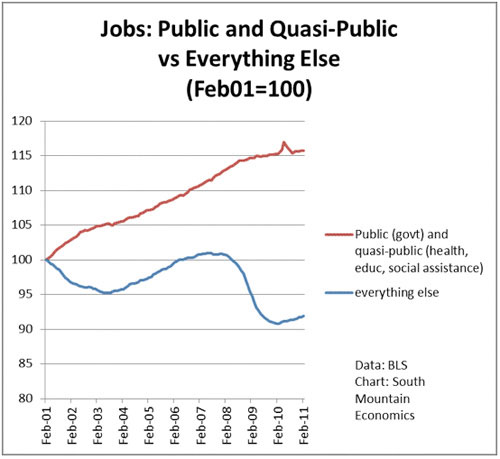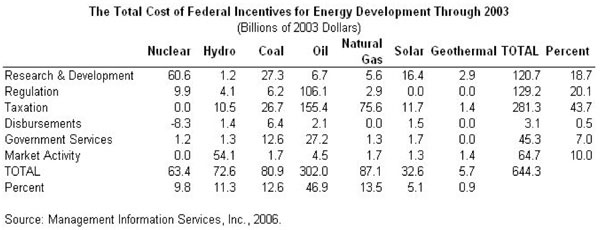
|
|
Darke County Issues… Wind Farms, Part 1
By Al Bliss
Questions for Darke County... WIND FARMS???? And next...
SCHOOLS????
To clearly establish the basis for this document, it is essential to
assess the accuracy of a series of fundamental objectives as they apply
to each citizen of Darke County.
Darke County should function within the mandates of our National and
State Constitutions
Darke County should be relatively self sufficient
Darke County should avoid incurring debt
Darke County should set an example for the rest of Ohio
Darke County should recognize that the United States dollar/currency is
in serious trouble
Darke County taxes are the source of funds for the Federal and the
State Governments
Darke County ___________________
The preceding paragraph has been left open so that
additional items can be added as they become apparent. The reason for
this effort is to look at some of the current opportunities for Darke
County and consider the Pros and Cons (for and against, on the
affirmative and on the negative side; as the question is debated) of
each opportunity. The extended goal of this effort is to fairly
consider the direct effect of an opportunity on the assets of Darke
County over an extended period versus the immediate future. If a
generation [defined as “the term of years, roughly 30 among human
beings, accepted as the average period between the birth of parents and
the birth of their offspring) is a viable length of time, then
shouldn’t two generations be a reasonable target or should life
expectancy of twenty (20) years be acceptable?
In the very recent past, the country’s economy has failed
to generate employment in the private sector while the public sector
has shown an increase of 170,000 since January 2009. The quest for
business/industry to come to Darke County is essential and extreme
effort to have businesses come here is justified and is hopefully
successful. The conundrum forces the question, “are all businesses
equal just because jobs are involved”. Based on the experience with CO2
Sequestration, the conclusion that all business opportunities are in
fact NOT EQUAL would appear to be the answer.
When the current opportunities in wind power electric
generation and solar voltaic electric generation are considered, it
just might be beneficial to include an evaluation of other electric
generation methods and fuel sources. To make a reasonable comparison,
the amount of subsidy involved should be a factor. Sub·si·dize can be
defined as: 1. to furnish or aid with a subsidy. 2. to purchase the
assistance of by the payment of a subsidy. 3. to secure the cooperation
of by bribery; buy over.
According to a brief search on the internet, the following
information regarding subsidies for electric power generation are as
recent as I was able to find. Your help in making this data more
current would be greatly appreciated. The first item regarding the
amount of annual subsidy for WIND & SOLAR TO BE $28 BILLION is
presented to get your attention. See Table 1 below.
Please notice that Table 1 is “through 2003”. The Table 2 below is
especially interesting when the last column is considered. In the real
world, electricity is electricity and regardless of what generates it,
a light bulb, electric stove, furnace fan motor or anything else that
uses electricity just does not function better or worse depending on it
source. But, the customer must be concerned if the price of a kWh costs
three to five times as much simply to operate the device.
If the project receives a subsidy from the State or the Federal
Government, then the jobs created in Darke County do mean economic
development here. Yes, at the expense of someone else paying taxes so
that the State and/or the Federal Government can send the money here
for the project. If the experience of previously subsidized projects
are of any value and could help Darke County understand what the future
might hold for a wind or solar voltaic project then a detailed review
of the results in Denmark, Spain and in the United States should be a
benefit.
Recent information regarding subsidies follows:
Wind and Solar Subsidies Drying Up In Europe
Jack Dini Saturday, March 19, 2011
Wind and solar energy subsidies are experiencing drastic cutbacks in
many European nations and some places in the United States
In a radical change of policy, the Netherlands is reducing its targets
for renewable energy and slashing the subsidies for wind and solar
power. It has also given the green light for the country’s first new
nuclear power plants in almost 40 years. Why the change? Wind and solar
subsidies are too expensive. Holland thus becomes the first country to
abandon the EU-wide target of producing 20 percent of its domestic
power from renewables.
(1) Italy’s government passed a decree to stop solar
energy and deep cuts in wind energy due to their high costs to
consumers and technical problems integrating these sources into the
existing infrastructure.
(2) Lawrence Solomon reports that December 2010 was a
bad month for subsidies
• Spain slashed payouts for wind projects by 35%
while denying support for solar thermal projects in their first year of
operation. This latest round of Spanish cuts followed announcements in
November that payouts for solar photovoltaic plants would be cut by 45%.
• France announced a four-month freeze on solar
projects and a cap on the amount of solar that can be built. These
measures and others continue a retrenchment that saw industry payouts
cut twice last year, and that will likely continue as opposition grows
to France’s rapidly using power tax on electricity.
• The German government announced it may discontinue
the solar industry’s sweetheart tariffs in 2012. This latest
announcement follows a surprise reduction in 2009 and another reduction
to start in 2011.
Darke County Issues… Wind Farms, Part 2, will be published tomorrow.
|

|

|

|
|
|
|

